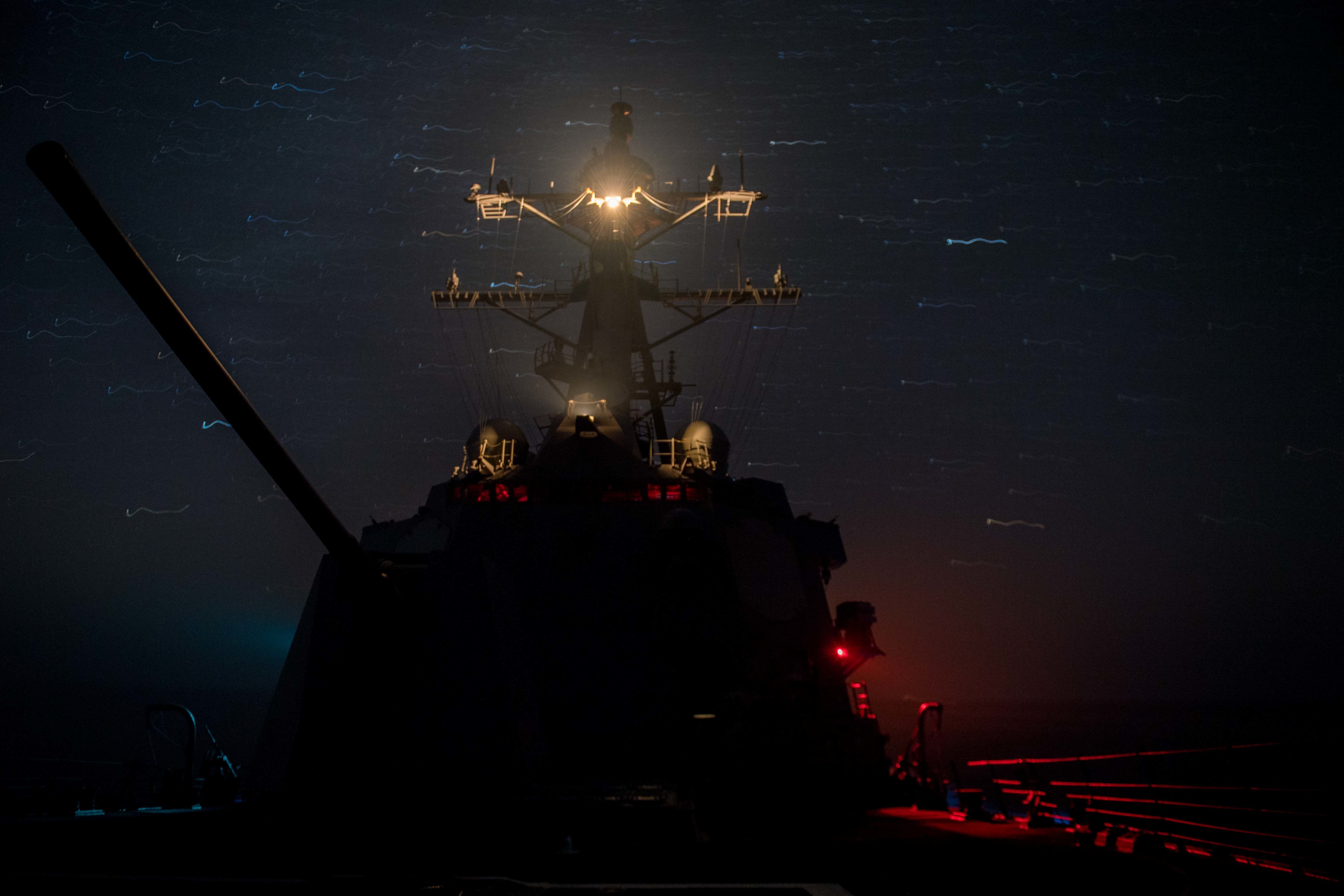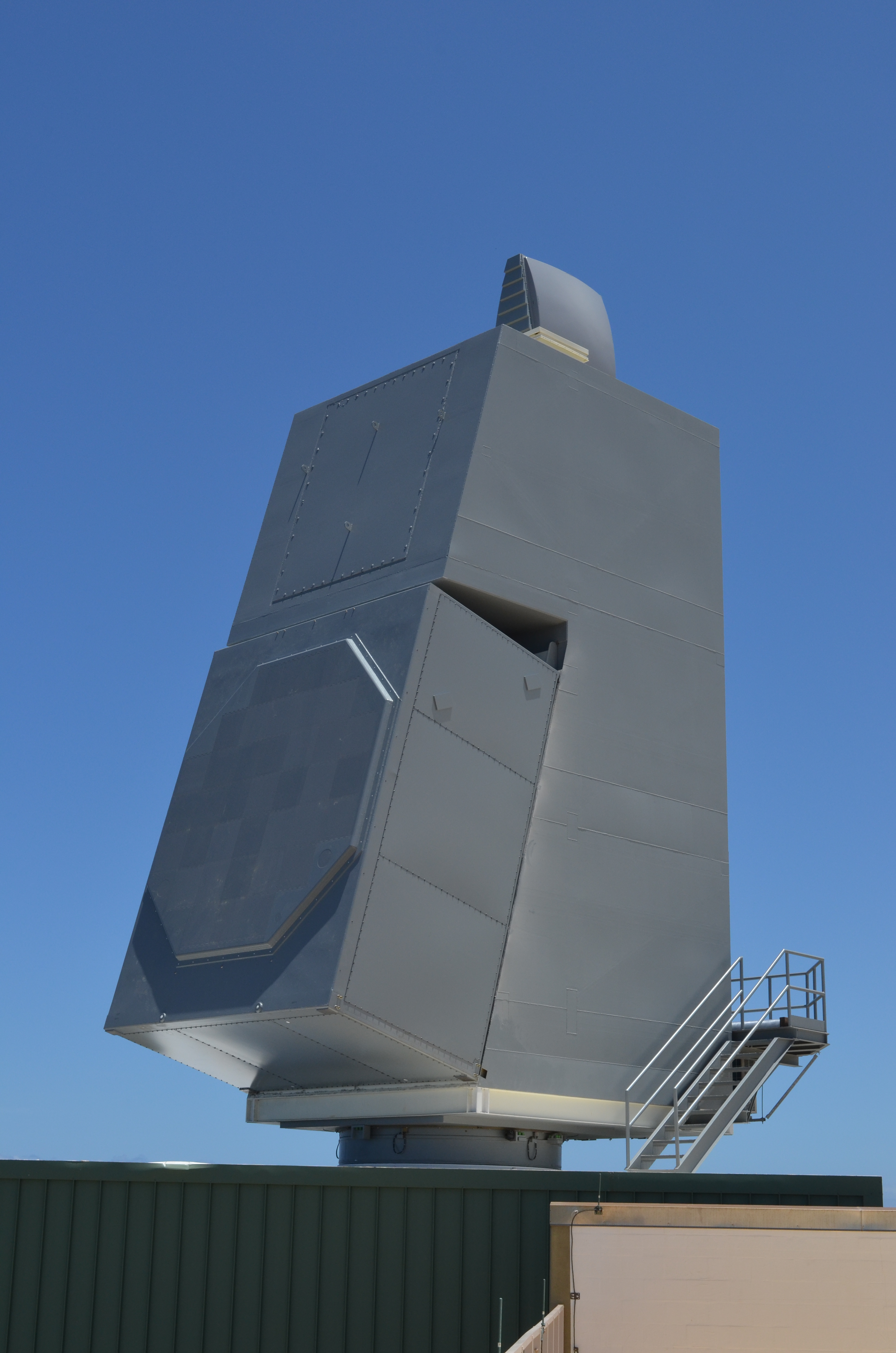
The Navy’s latest effort to define its next large surface combatant is underway, with the director of surface warfare (OPNAV N96) saying the top-level requirements for the ship class are due to the chief of naval operations by the end of the year.
Rear Adm. Paul Schlise said today that “we’ll take the initial top-level requirements for our next surface combatant – you might have heard it called the Large Surface Combatant, that’s a term we’re looking to change – but we have a brief later this year to CNO where we’ll talk what the top-level requirements are for that ship. We’ll join with the Flight III (Arleigh Burke destroyers) as the future high-end of our force mix in the surface combatant force.”
The Navy announced by early 2017 that the Large Surface Combatant would be one piece of its family-of-systems vision for a future surface force that would include a large and small combatant, a medium and large unmanned surface vessel, and a common combat system that would help ensure they all remain integrated on the battlefield.
Though the FFG(X) frigate as a first instantiation of the small surface combatant has moved forward, and prototypes of medium and large USVs are in the water today, the Navy has been stuck on the large combatant piece. In 2018 the service seemed close, noting that it wouldn’t be a cruiser but would have dedicated space to host an air warfare commander, and that it wouldn’t be a destroyer either but might take stealth and power components from the Zumwalt-class DDG program and the Aegis Combat System from the Arleigh Burkes. Industry talks were set to begin in early 2019.
But last year the timing of the program got pushed back again, and by early this year it was pushed back to late in the 2020s.
Schlise, who spoke in the Surface Navy Association’s Virtual Waterfront conference, gave no indication during his remarks what kind of missions the ship would have, what kind of timeline the Navy was looking at for designing and buying it – or whether the new name would bring it any closer to a cruiser or a destroyer designation.

He also said during his remarks that the SPY-6 air and missile defense radar would be the future sensor of the surface force. The Flight III Arleigh Burke design was built around this advanced radar, which builder Raytheon has dubbed AN/SPY-6(V)1 – which has since been supplemented by AN/SPY-6(V)2, a rotating Enterprise Air Surveillance Radar variant designed for older Nimitz-class aircraft carriers and amphibious assault ships, and AN/SPY-6(V)3, a fixed EASR radar that will go on Ford-class carriers and frigates.
Raytheon also advertises a smaller AN/SPY-6(V)4 that would be backfit onto Flight IIA destroyers as the Arleigh Burke DDGs go through a modernization program. Navy program officials said in January that they were considering adding SPY-6 and the Baseline 10 Aegis Combat System to the Flight IIA destroyers when they go through modernization periods. Though they said funds would start flowing in Fiscal Year 2021 – the year for which Congress is currently negotiating a spending bill and defense authorization bill – Capt. Jason Hall with Program Executive Office Integrated Warfare Systems said at the time there was “nothing committed to contracts or to a ship yet. So, we’re working through what happens over the next couple of years.”
Schlise suggested they were even further from committing to the SPY-6 inclusion in the DDG modernizations.
Overall, he said, “DDG modernizations are going to kick into higher gear here in the coming years on a pace of about three per year.”
As for the radar, though, “this is an element of the later-on versions of the DDG mod. And it’s got some requirements process to go through here in the building still. That’s, as with everything we do at the OPNAV staff, it’s stacked against all the other priorities across all the high 9s: aviation, submarines and surface requirements,” he said during the question and answer session.
“But the great news is that the radar is continuing to perform well. Elements of it are delivering on time, and the testing is tracking along. So the backfit program is, as I said, has a ways to go in terms of the point at which we’ll cut them in, which is a few years out into the DDG mod program. But it’s on track.”





